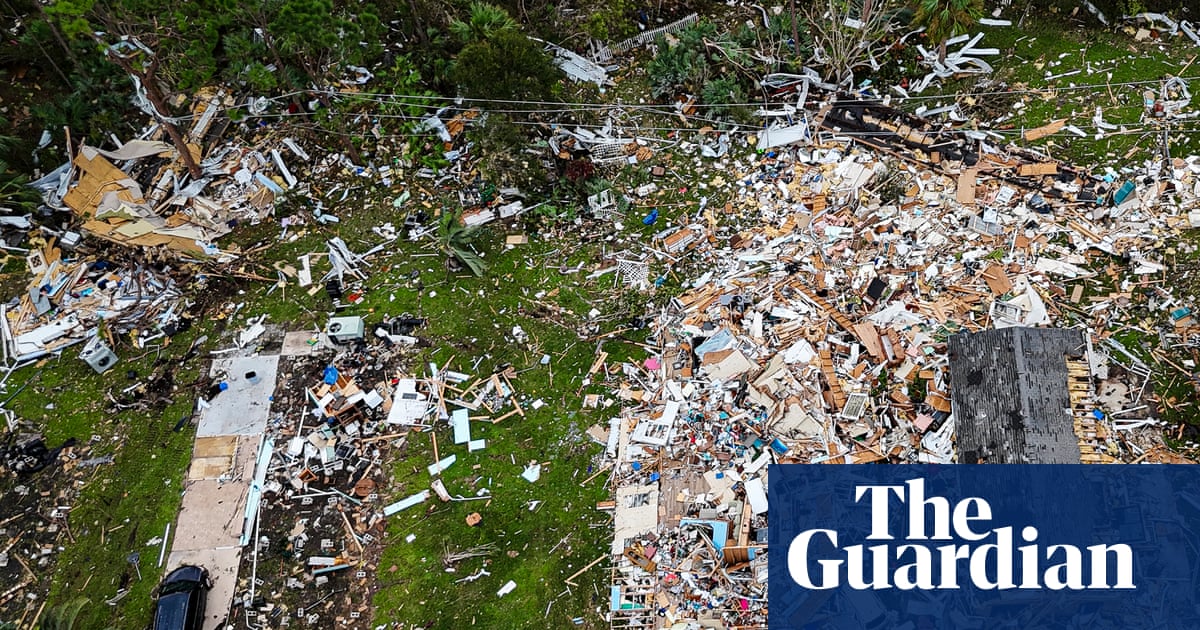The forest has always been a place of mystery. In fairy tales, it’s where children get lost, where witches build houses made of cake, and where transformations occur in the shadow of trees. But it’s also a place of deep, loamy quiet – a world that hums with hidden life. This cake draws on that dark magic: a tender chocolate sponge, earthy and aromatic with cocoa powder and olive oil, topped with a rosemary-infused ganache and strewn with textures that nod to moist soil, fallen leaves, moss, bark and fungi. It’s Halloween baking, but less fright night and more folklore. The aim is to evoke an enchanted woodland, dark, lush and a little eerie. Serve simply, with whipped cream.
Forest floor cake
Prep 10 min
Steep 10 min
Cook 1 hr 15 min
Serves 10-12
For the cocoa cake base
80ml unsalted butter, melted, plus extra for greasing
200g plain flour
75g unsweetened cocoa powder
1 tsp baking powder
½ tsp bicarbonate of soda
¼ tsp fine sea salt
3 large eggs, at room temperature
150g caster sugar
80g soft brown sugar
100ml olive oil
2 tsp vanilla extract
250ml plain unsweetened drinking kefir
1 tsp instant coffee granules
For the rosemary chocolate ganache
200ml double cream
2 large sprigs rosemary
200g dark chocolate, finely chopped
A pinch of flaky sea salt
For the forest floor decorations (all optional)
Cocoa nibs, or crumbled brownies or cake offcuts
Roughly chopped hazelnuts, or finely chopped pistachio nuts
Black sesame seeds
Rosemary sprigs
Chocolate shards, or chocolate-coated raisins
Small edible flowers
Meringue mushrooms
Heat the oven to 190C (170C fan)/375F/gas 5, and grease and line a roughly 28cm x 23cm baking tin.
Sift the flour, cocoa powder, baking powder, bicarb and salt into a large bowl.
In a second bowl, whisk the eggs and both sugars until slightly thickened, then add the oil, melted butter and vanilla. Whisk well to incorporate, then add the kefir and mix smooth. Pour the wet ingredients into the bowl with the dry and whisk to combine.
Stir the coffee granules into 100ml hot water, then add to the batter. Whisk gently until smooth (it will be quite runny), then pour into the prepared tin. Bake for 30 minutes, or until a skewer inserted into the middle comes out with just a few moist crumbs. Leave to cool completely in the tin, then turn out on to a board.
To make the ganache, gently heat the cream and rosemary in a small saucepan until just steaming, then take off the heat. Cover and leave to steep for 10 minutes, then reheat the cream. Put the chocolate in a small bowl, then strain the hot cream over it; discard the rosemary. Stir until smooth, then add the salt and leave to cool to a spreadable consistency. Spread over the cooled cake.
To decorate, begin with the base ‘soil’ layer: scatter cocoa nibs over the surface for crunch and woodsy bitterness, then crumble over chocolate cake offcuts or brownies to mimic clods. Scatter chopped hazelnuts and finely chopped pistachios to suggest pebbles or gravel, and black sesame seeds for a speckled, organic texture. To introduce life and natural movement, add some botanical elements: sprigs of rosemary as pine or small trees; small edible flowers and micro herbs as forest blooms or green stirrings in the mossy undergrowth. To add structure and a sense of decay, break chocolate shards into irregular pieces and press upright into the cake. Caramelised hazelnut praline shards can also be added to suggest cracked amber or fossilised leaves. For a sense of the fairytale, small meringue mushrooms dusted with cocoa powder can be dotted around in odd-numbered clusters, and pipe on chocolate swirls to mimic creeping vines or roots. Allow some garnishes to trail over the side of the cake for a wild, untamed feel.

 1 month ago
32
1 month ago
32

















































